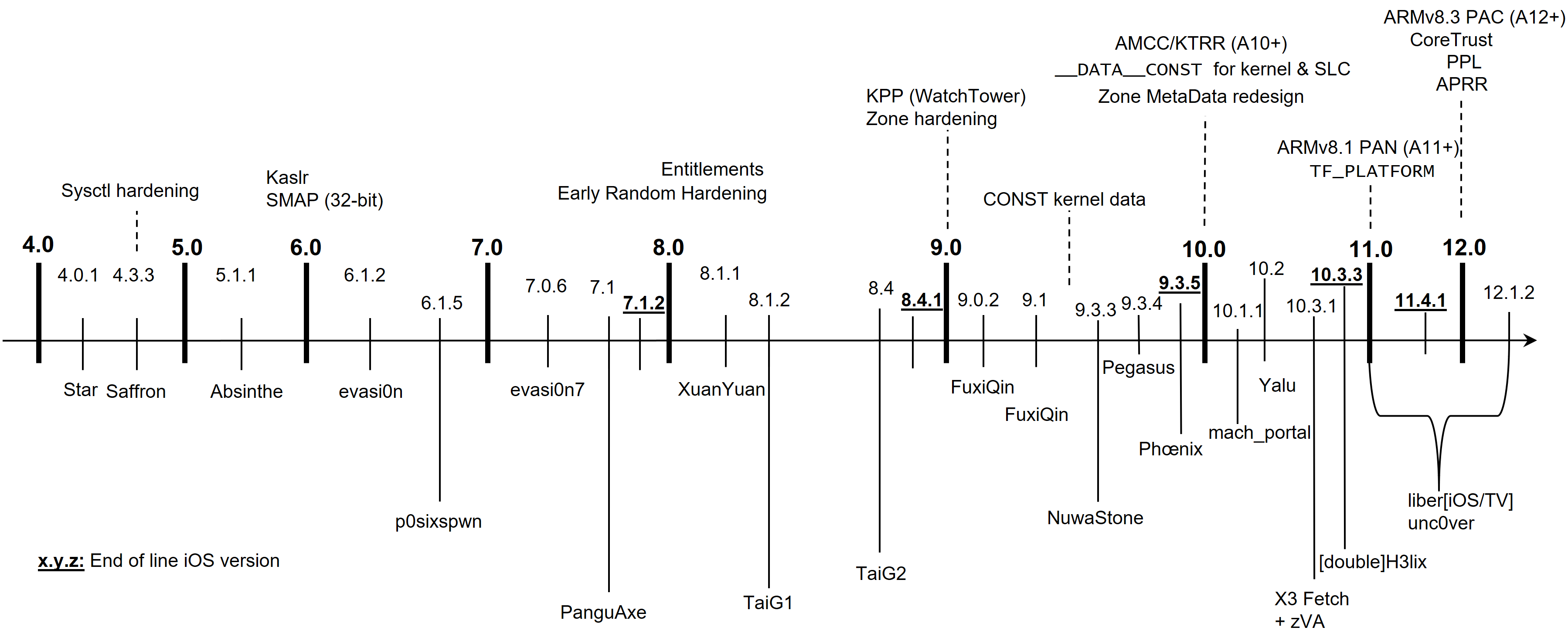Phoronix: Arm Begins Adding ARMv8.7-A Support In LLVM Clang 12
Back in September Arm began talking about their "2020 extensions" for the A-profile architecture. Initial support for these new additions as ARMv8.7-A is beginning to land in the LLVM compiler stack...
Back in September Arm began talking about their "2020 extensions" for the A-profile architecture. Initial support for these new additions as ARMv8.7-A is beginning to land in the LLVM compiler stack...




Comment